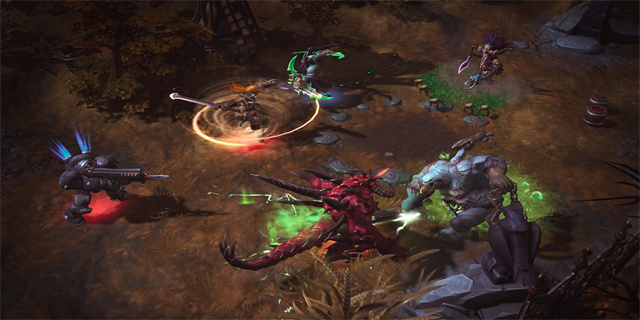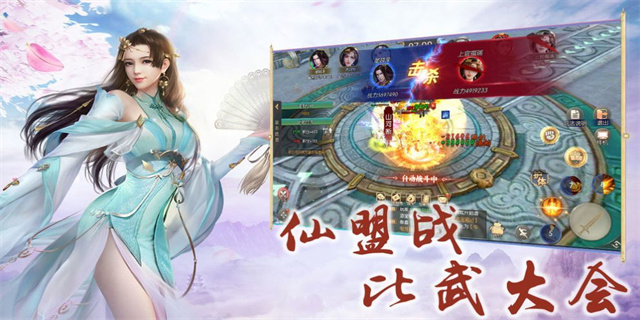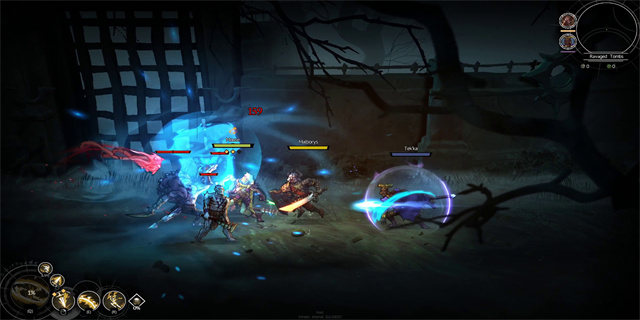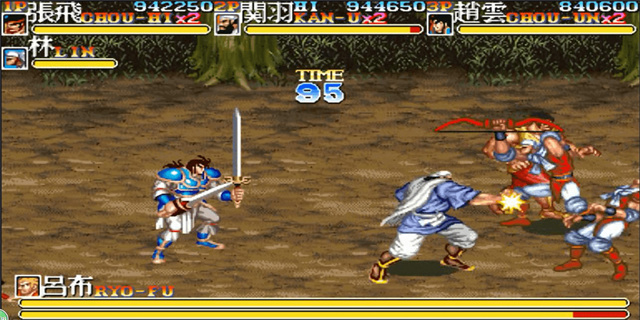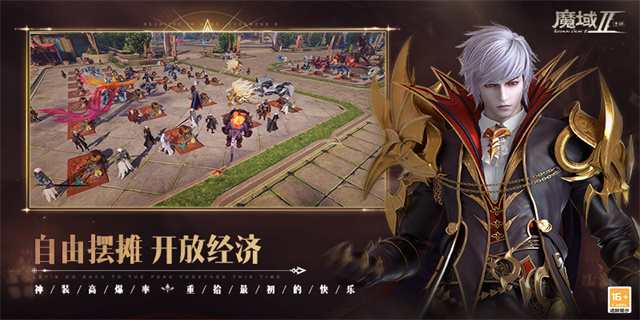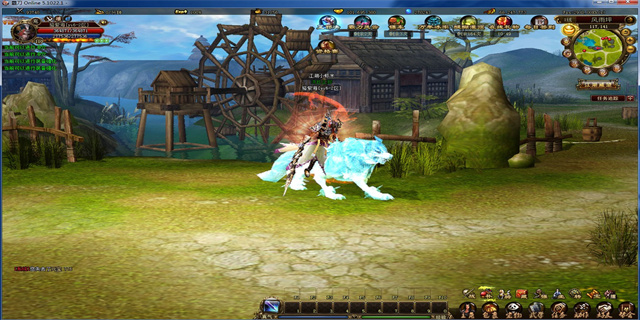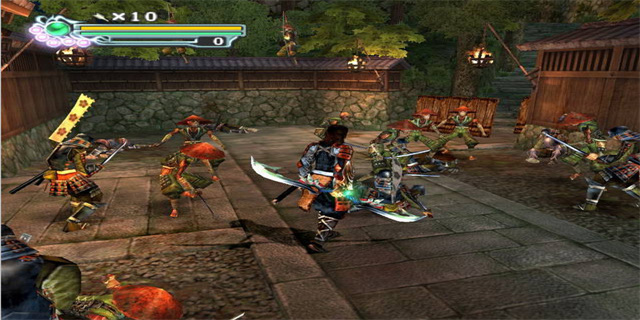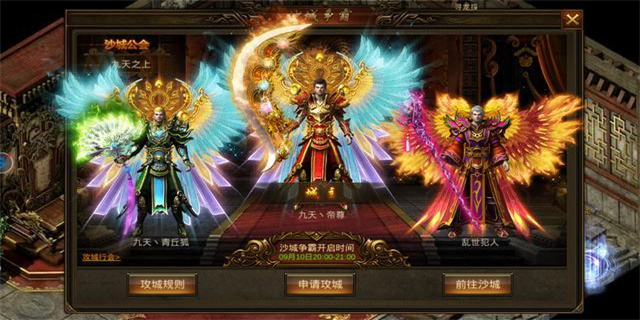Red Dragon: The Fearsome Fire-Breathing Mythical Beast
Introduction:
Red dragons have long fascinated and captivated the human imagination. Throughout history, these mythical creatures have been depicted as fearsome, fire-breathing beasts. With their majestic wings, scaly red bodies, and piercing eyes, red dragons have become iconic figures in legends, folklore, and popular culture. This article delves into the history, symbolism, and legends surrounding the awe-inspiring red dragon.
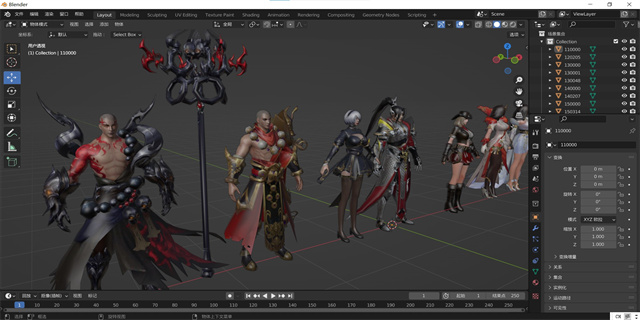
The Origins and Symbolism of Red Dragons:
In many ancient mythologies and cultures, dragons were seen as powerful symbols of strength, wisdom, and protection. The red dragon, in particular, has held a significant place in different societies, representing both benevolent and malevolent forces.

The Chinese mythology associates the red dragon with good fortune, prosperity, and happiness. Often depicted as the emblem of the emperor, the red dragon symbolizes imperial power and authority. In Chinese culture, dragons are revered as celestial creatures, possessing the ability to bring rain, control water, and protect against evil spirits.
On the other hand, in Western folklore, red dragons are often portrayed as malevolent creatures, embodying destruction and chaos. They are depicted as hoarders of gold and treasures, ruthlessly guarding their valuable possessions in deep, dark caves. Legends of knights and heroes slaying red dragons have become iconic tales of triumph over evil.
Mythical Legends and Stories:
The legends surrounding red dragons are numerous and varied, captivating generations with their tales of bravery, adventure, and mysticism. One such story is the epic battle between Saint George and the red dragon. According to the famous legend, a ferocious red dragon terrorized a kingdom, devouring its livestock and demanding tributes. Saint George, a valiant knight, managed to slay the beast, liberating the kingdom and becoming a symbol of courage and heroism.
In Norse mythology, red dragons are known by different names like Fafnir and Níðhöggr. Fafnir, once a greedy dwarf, was transformed into a red dragon after acquiring a cursed treasure. His insatiable lust for wealth, power, and revenge consumed him, bringing about his demise. Níðhöggr, on the other hand, was a malevolent red dragon constantly gnawing at the tree of life, Yggdrasil, causing chaos and destruction.
The Cultural Impact of Red Dragons:
Red dragons have left an indelible mark on human culture, appearing in various artistic representations, literature, films, and video games. From J.R.R. Tolkien's Smaug in \"The Hobbit\" to the fearsome Drogon in \"Game of Thrones,\" red dragons continue to capture the imagination of millions worldwide.
Red dragons have also become popular in tattoo art, symbolizing power, protection, and strength. Many people choose to ink their bodies with intricate designs that showcase the fiery red dragon in all its mythical glory.
Conclusion:
Red dragons hold a special place in our collective consciousness. Whether they represent benevolence or malevolence, these mythical creatures continue to mesmerize and captivate us. Through their legends, symbolism, and cultural impact, red dragons stand as towering figures in our shared human mythology, reminding us of the power of imagination and the enduring allure of the fantastical.
So, the next time you hear the thunderous roar and see the fiery breath of a red dragon, remember the rich tapestry of stories that have shaped these awe-inspiring creatures for centuries.




